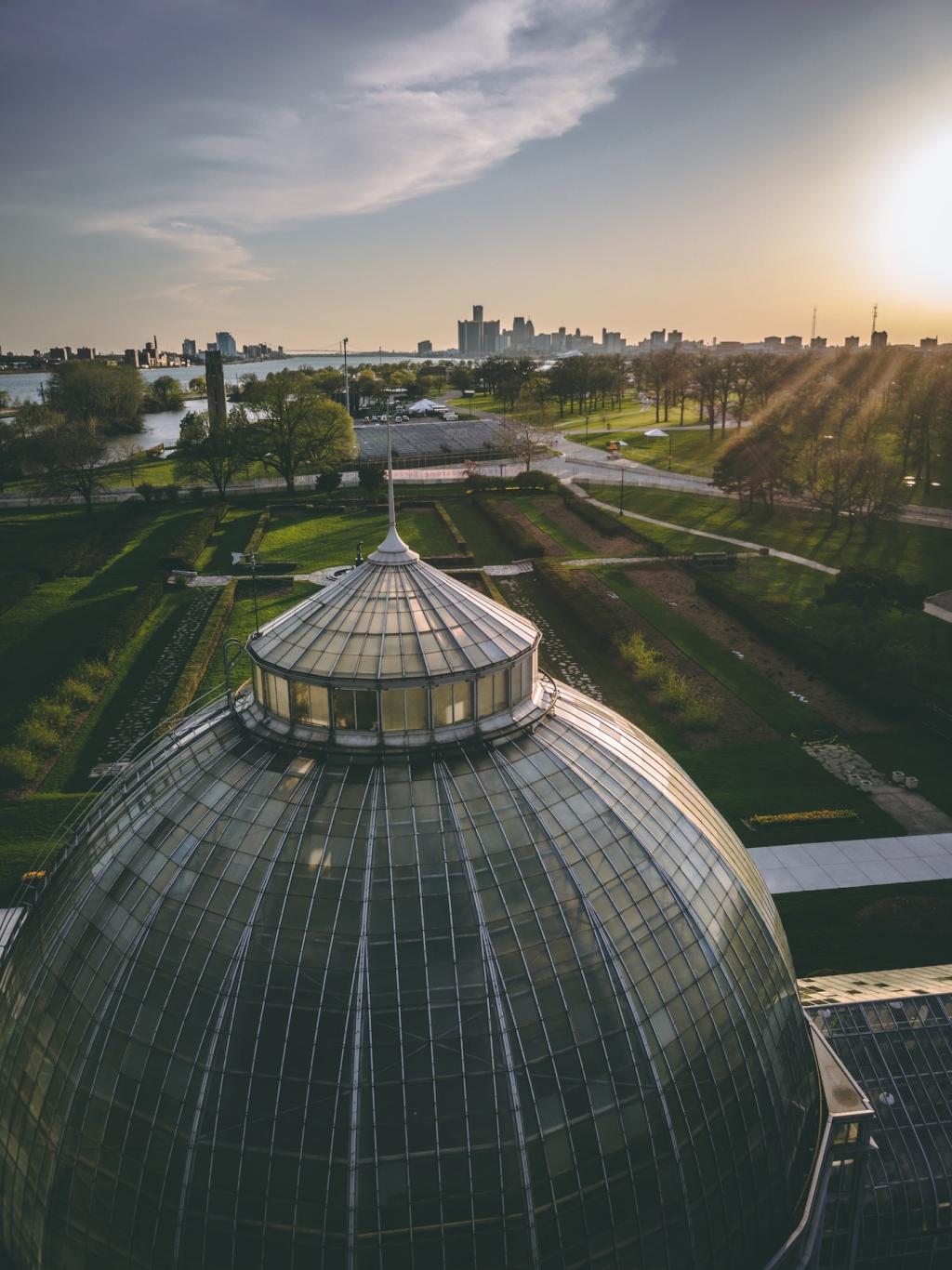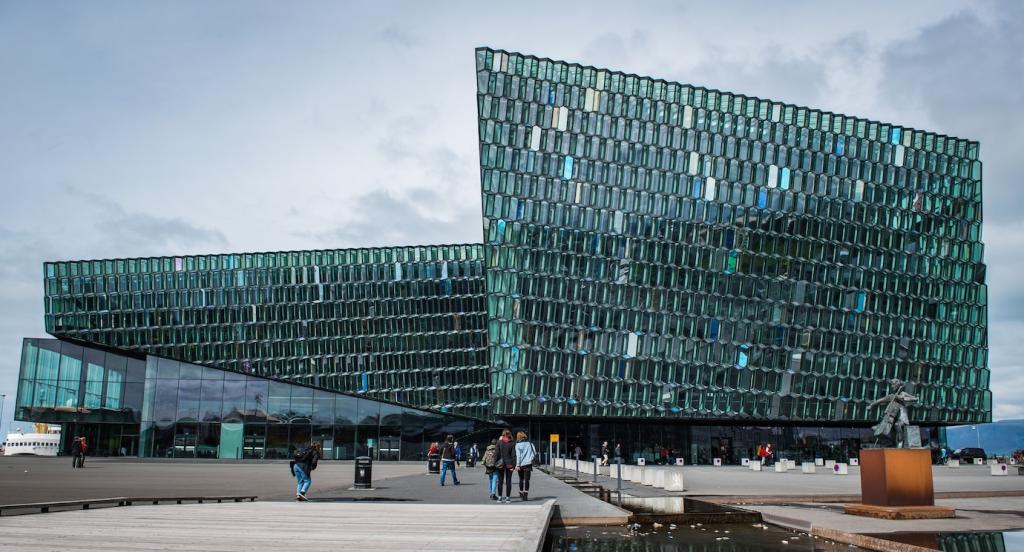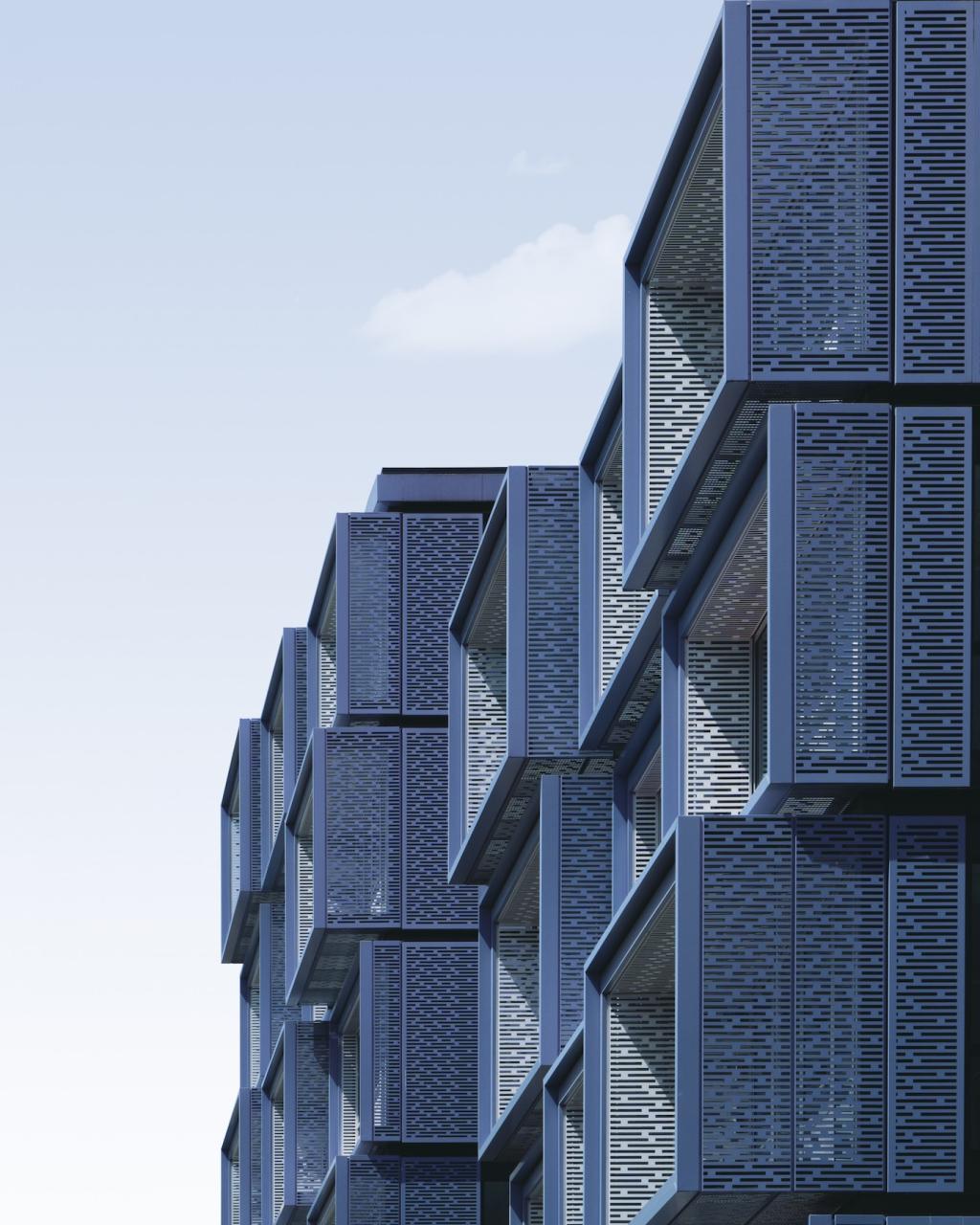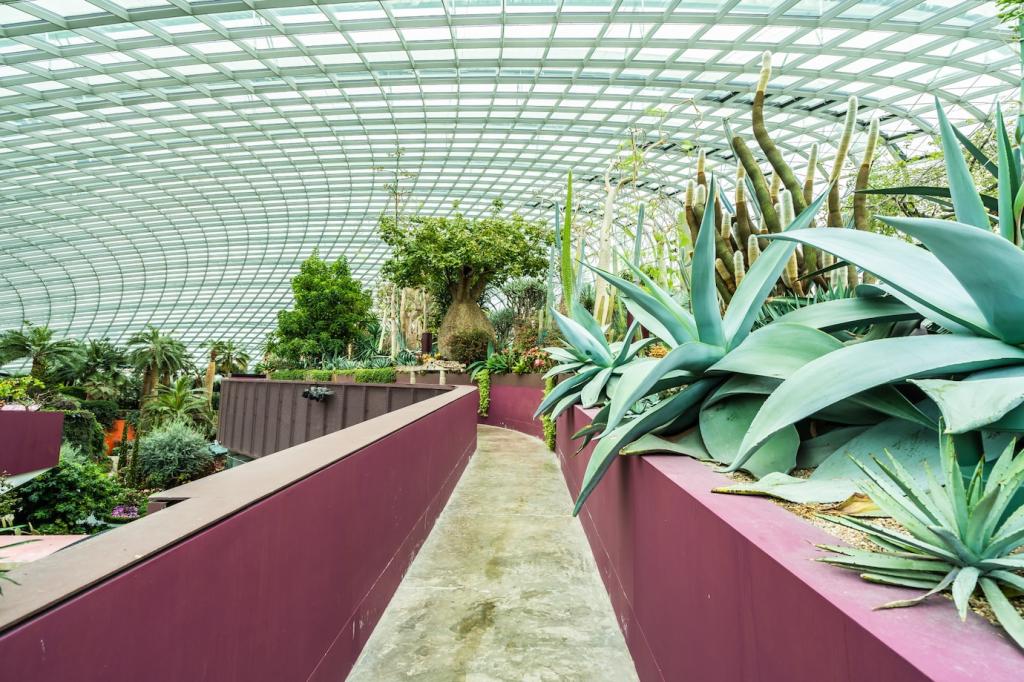This website uses cookies so that we can provide you with the best user experience possible. Cookie information is stored in your browser and performs functions such as recognising you when you return to our website and helping our team to understand which sections of the website you find most interesting and useful.
Eco-friendly architectural design represents a conscientious approach to building that emphasizes sustainability, ecological balance, and human well-being. This practice strives to minimize the environmental impact of the built environment through smart material selection, energy-efficient technologies, and thoughtful planning that harmonizes with natural surroundings. The rise of green architecture reflects growing awareness of climate change and resource conservation, highlighting the importance of innovative solutions that benefit both people and the planet. Modern eco-friendly design integrates aesthetics, comfort, and environmental responsibility, creating spaces that inspire and perform while protecting natural resources for future generations.



Technological Innovations in Green Building


